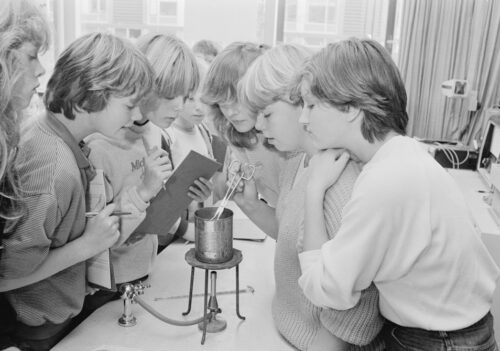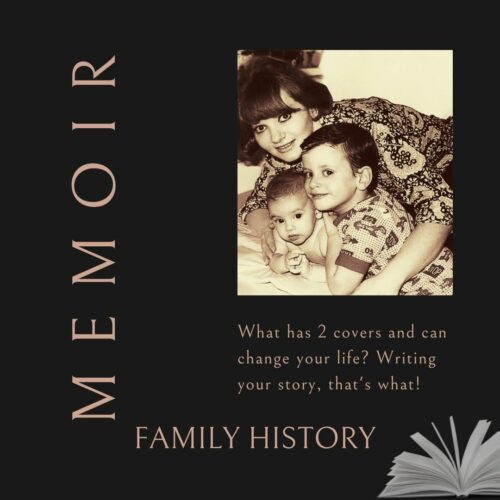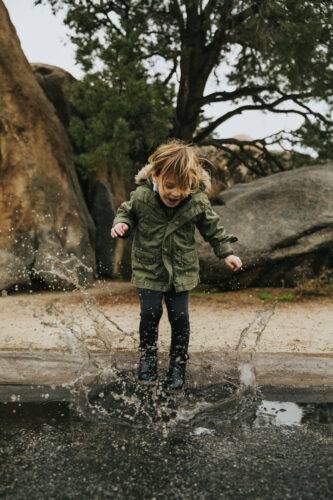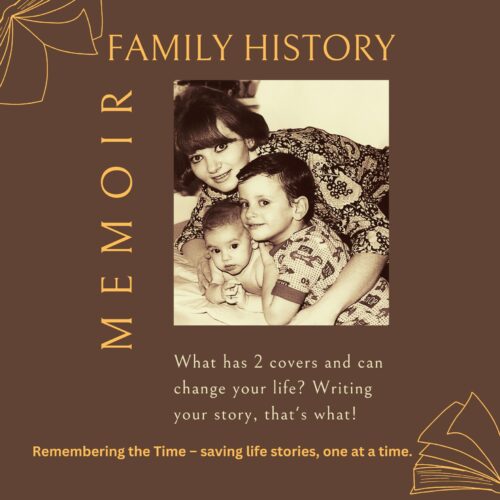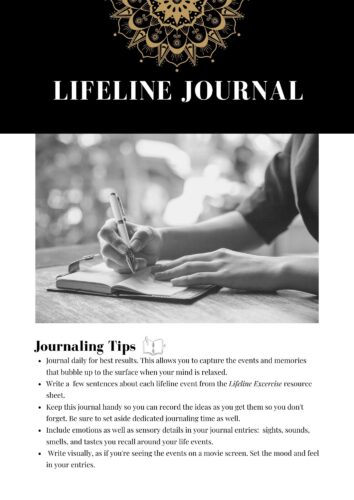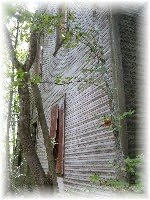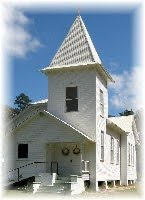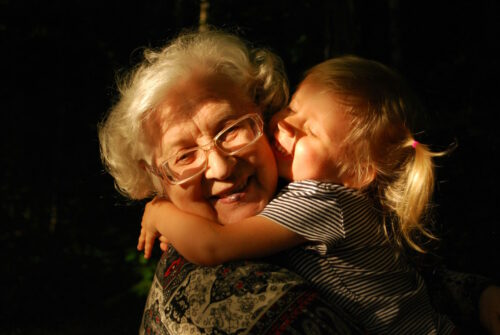
Have you ever thought about how a simple conversation can turn into a treasure trove of family history and cherished memories?
In a world where we’re increasingly connected digitally, it’s more important than ever to find meaningful ways to engage with our loved ones, especially during the holiday season. Imagine turning those stories into a customized, treasured book to share with family and friends. Let’s explore how a Day-in-the-Life interview can be a delightful activity for everyone involved, whether you’re gathered at home or connecting virtually.
Storytelling Power:
Storytelling isn’t just about sharing tales. It strengthens family bonds and ensures that the wisdom and insight of older generations are passed down. Think about it: when was the last time you sat down with a family member to really listen to their stories? These narratives offer younger generations a unique glimpse into the past, providing them with a sense of belonging and an understanding of their family’s journey through life.
Getting Started–Your Interview Toolkit:
Embarking on this storytelling adventure is simpler than you might think. Here’s what you’ll need:
- A video or voice recorder: Your smartphone is perfect for this.
- A willing relative or friend: Someone eager to share their stories.
- Photos or items as memory prompts: These are optional but can help jog memories.
- Paper and pencil: For jotting down notes or memorable quotes.
- One hour: To ensure a relaxed and unhurried conversation.
Conducting the Interview:
Choose a special time in your interviewee’s life, or let them choose, and let the conversation flow from there. Here are some starter questions to get the ball rolling, especially if you’re focusing on childhood memories:
– How did your family celebrate holidays like Thanksgiving, Christmas, or Hanukah?
– Can you describe a particularly memorable holiday celebration? Maybe it was the year something went hilariously wrong!
– What was your favorite holiday food? Did you help make it? Tell the story behind the recipe and include a photo of the person who made it.
Remember, the goal is to capture detailed, vivid memories. If your interviewee is hesitant or gives short answers, ask for sensory details like colors, tastes, and smells to help them open up.
Why This Matters:
In an age where digital communication often replaces face-to-face interactions, taking the time to conduct a Day-in-the-Life interview is a powerful way to connect on a deeper level. You’re not only recording history; you’re learning to understand a loved one’s experiences and seeing the world through their eyes.
Plus, it’s a fantastic opportunity to create something tangible—a book of memories—that can be cherished and shared for generations.
So, why not start this holiday season? Whether you’re looking to bond with your family, preserve precious memories, or simply engage in a fun and meaningful activity, a Day-in-the-Life interview is a beautiful way to achieve it. You’ll be amazed at the stories that unfold and the connections that deepen as a result. And who knows? This could be the beginning of a new family tradition, one interview at a time.
Try this storygathering technique to deepen family bonds and preserve cherished memories and let me know how it went. It’s a fun holiday activity for all ages.
Connect with me on social media @rememberingthetime or reach out with your family history or memoir questions to kray@rememberingthetime.net. I’d love to hear from you!
(Photo courtesy Ekaterina Shakarova via Unsplash)
